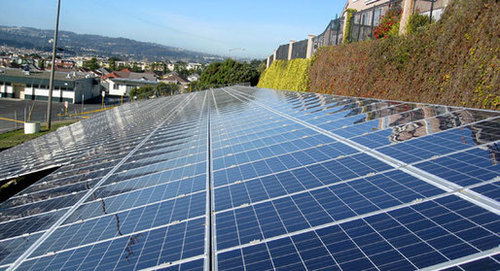See on Scoop.it – Green & Sustainable News
WASHINGTON, D.C. – …Secretary of the Interior Sally Jewell and Bureau of Ocean Energy Management (BOEM) Director Tommy P. Beaudreau today held the nation’s first-ever competitive lease sale for renewable energy in federal waters.
>The provisional winner of today’s lease sale, which auctioned two leases for a Wind Energy Area of 164,750 acres offshore Rhode Island and Massachusetts for wind energy development, is Deepwater Wind New England, LLC. When built, these areas could generate enough combined energy to power more than one million homes.
“When you think about the enormous energy potential that Atlantic wind holds, this is a major milestone for our nation,” said Secretary Jewell. “A lot of collaboration and thoughtful planning went into getting to this point, and we’ll continue to employ that approach as we move forward up and down the coast to ensure that offshore wind energy is realized in the right way and in the right places. Offshore wind is an exciting new frontier that will help keep America competitive, and expand domestic energy production, all without increasing carbon pollution.”
The Wind Energy Area is located 9.2 nautical miles south of the Rhode Island coastline and has the potential to support 3,395 megawatts of wind generation. BOEM will hold its next competitive lease sale for offshore wind on Sept. 4, which will auction nearly 112,800 acres offshore Virginia, and is expected to announce additional auctions for Wind Energy Areas offshore Massachusetts, Maryland, and New Jersey later this year and in 2014.
Maps for these areas are available on BOEM’s website.<
See on www.doi.gov






